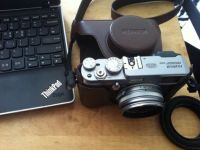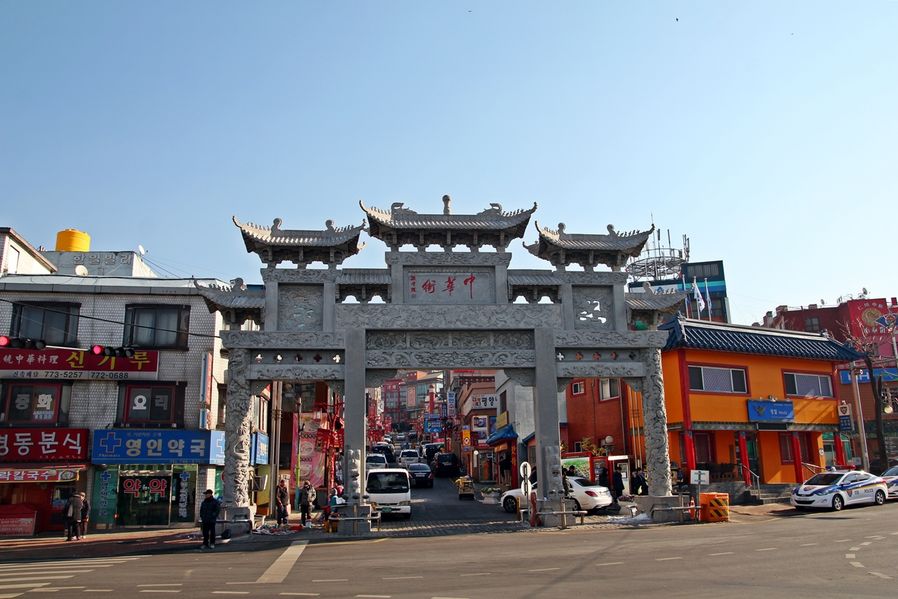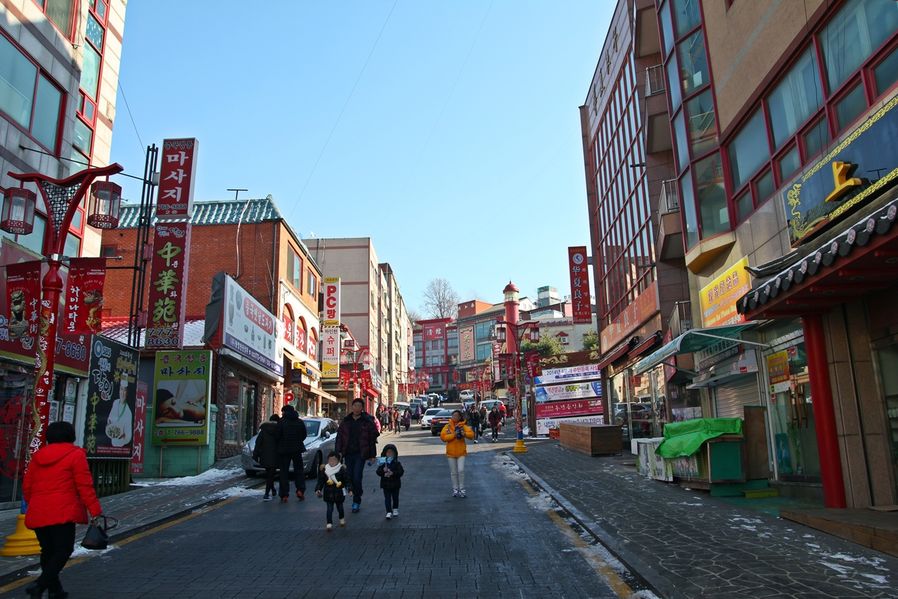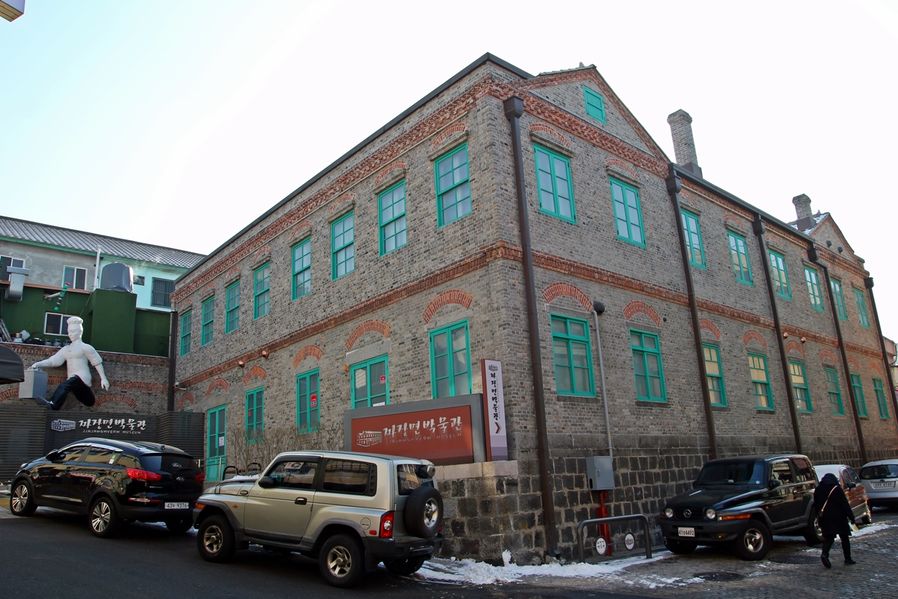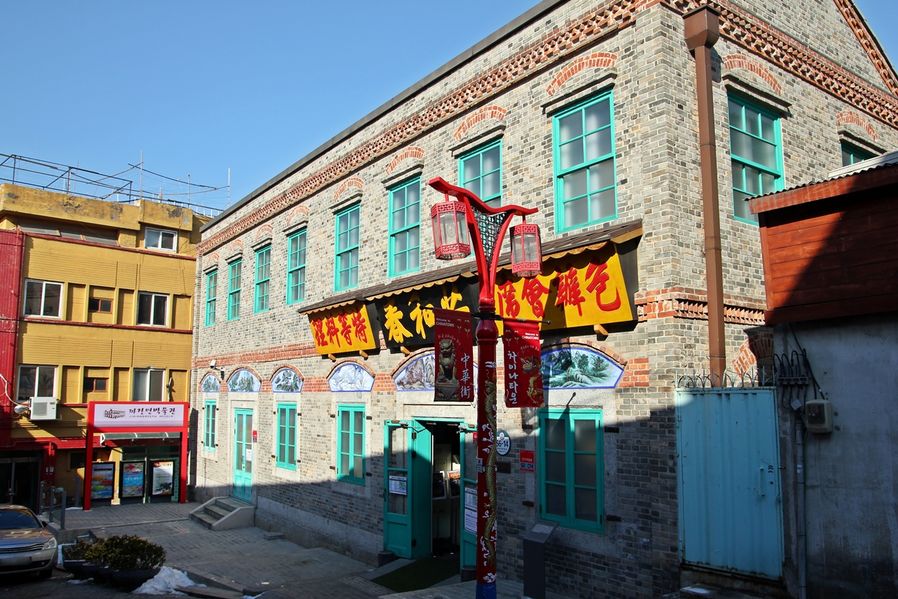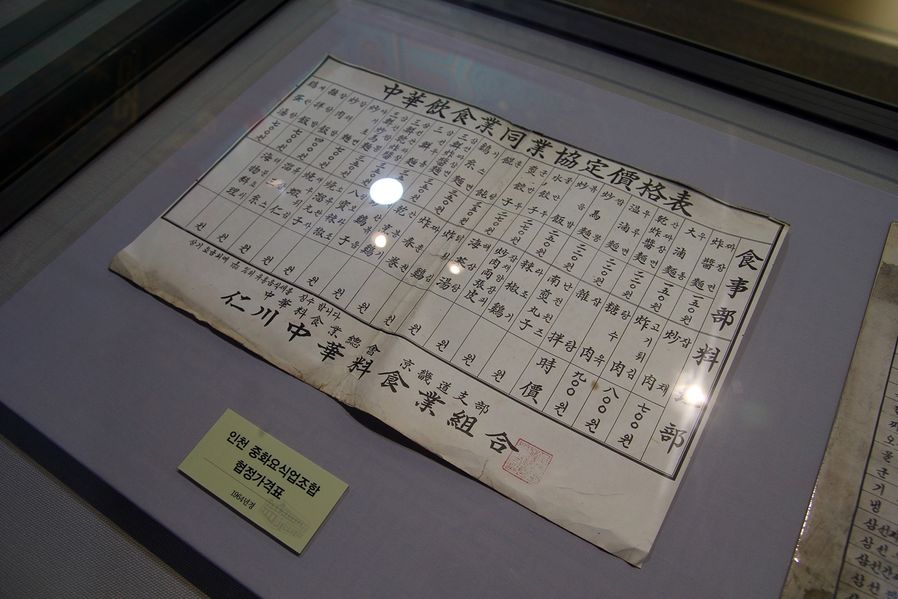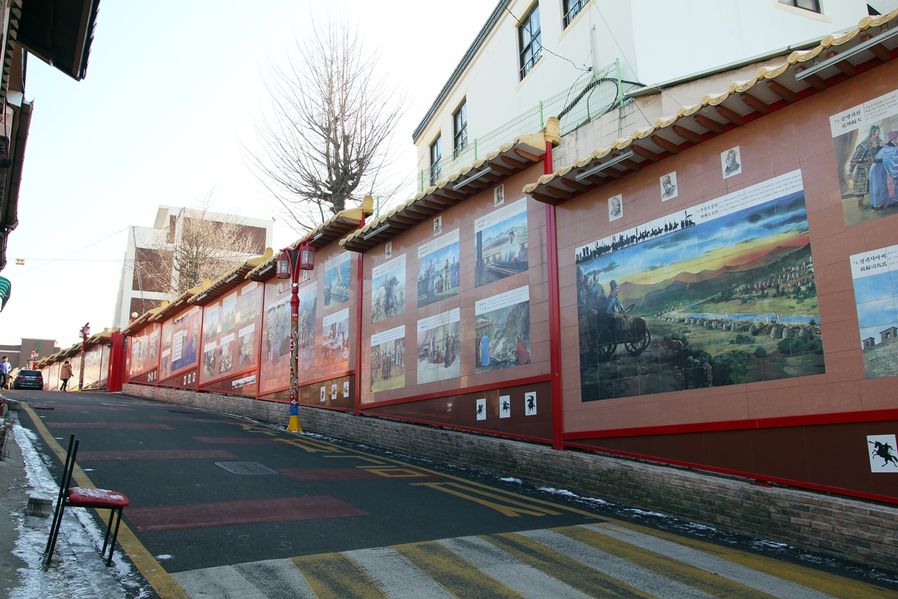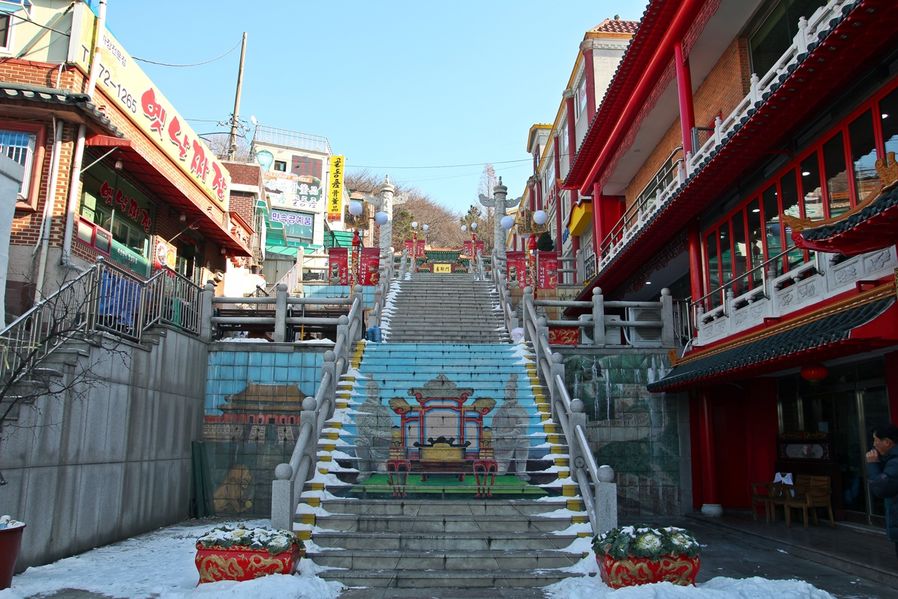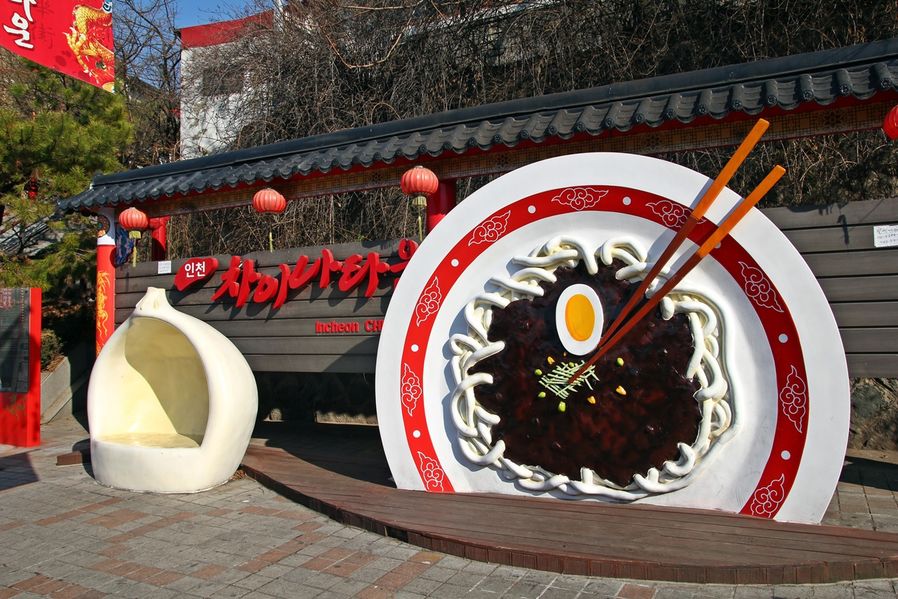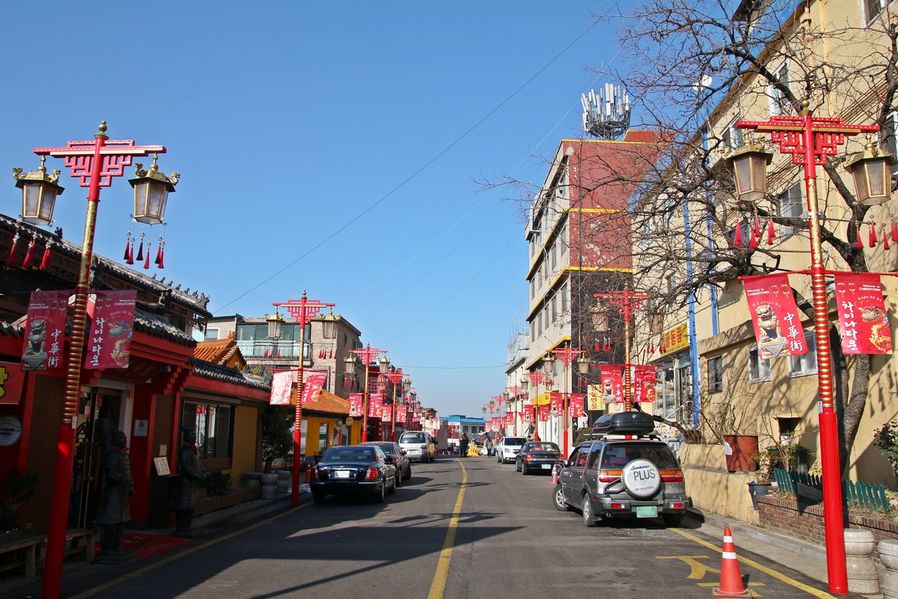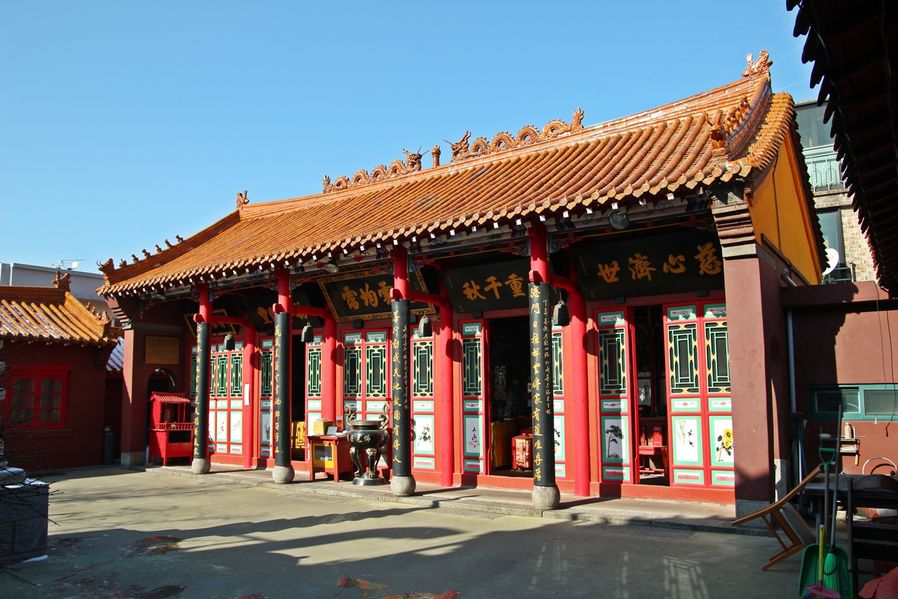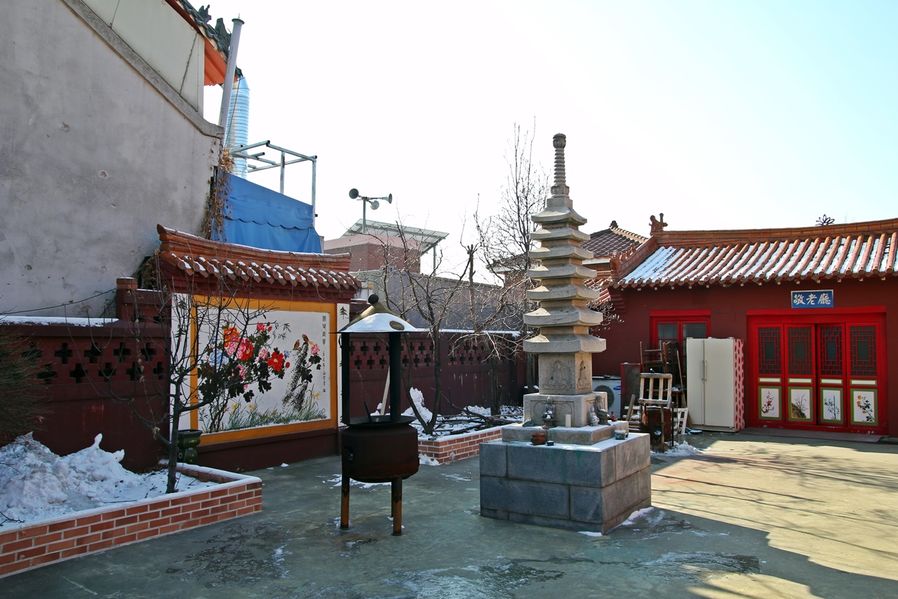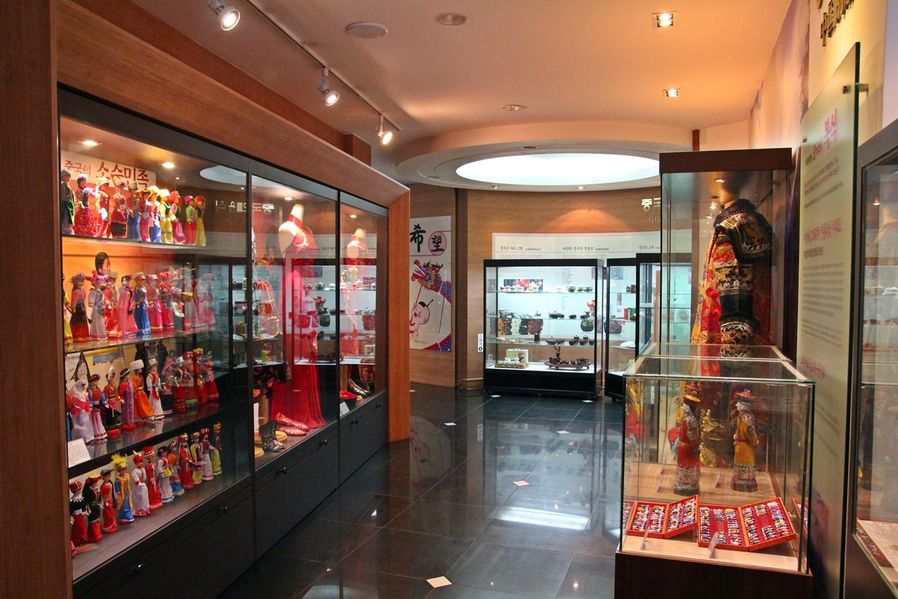-
Start
-
China Town
-
Sinseungbanjeom
-
Street Food
-
Donghwa Village
-
Songwoldong
-
Wolmido
-
Orakai
-
Sinbokgwan
-
Central Park
-
Akino Kitchen
-
Museums
-
Finish
There is plenty of travel info about big cities in Korea. Not to mention Seoul, the info about Busan, Daegu and Daejeon is just too much. In case of Incheon, it’s kind of unfamiliar city as a tourist city. It’s a big city busy with just living and eating but if you take a closer look, you’ll find more foods to eat and things to see than you expected. I’ll take a look around a few places in Incheon worth to visit for two days. Of course there are more places than I showed you but I’m going to introduce you about 10 places that would satisfy all ages. Shall we start?
The destination of Seoul Metropolitan Subway Line No.1 is Inchoen Station. As soon as you get out of the station, you’ll see a pai-loo that symbolizes China Town. This place decorated in red like azalea in spring was spontaneously formed as the Chinese commercial supremacy was activated after the Qing concession(a district where foreigners can freely live and exercise their extraterritoriality) the next year after the opening of Incheon port. The stores run in China Town are mostly owned by Chinese so it’s like small China in Korea where you can meet more of Chinese-speaking people than Koreans. I felt like I’m traveling China or Taiwan.
When I looked at the front coming out of Incheon Station, I saw the pai-loo telling us that it’s China Town. It’s like a symbolic icon for China Town in any city in this world. Pai-loo is like a tower-shaped Chinese-style gate built across the big road at the entrance to the village. There are three pai-loos here and I’ll enter the front gate called Junghwaga gate.
One of three best foods in the world is from China as you know. Just like its title, there are so many restaurants attracting customers with various foods around here but it has too much history to skip everything after eating one bowl of Jajangmyeon.
I’ll go to Jajangmyeon Museum that is currently open. The history of Jajangmyeon that is known to be sold 700 bowls every day started when Incheon port was open. And the Chinese coming to Incheon since port opening started to sell Jakjangmyeon of boiled noodles mixed with Doenjang(soybean paste) and vegetables.
Jajangmyeon Museum building uses the old Gonghwachun building. It’s completely different from today’s Gonghwachun run by Korean somewhere, and the descendants of original restaurant’s owner are running a business under the name of Sinseungbanjeom.

And this place charges you 1,000 won per one adult. There are a few museums you’ll have to pay around here and if you want to take a look around from Modern Architecture Museum to Open Port Museum, you could buy all-in-one ticket for 1,700 won that you can save up some money. Check the pictures above for opening time and fees.
As I entered, the old sign of Gonghwachun restaurant was displayed. All the displays here were mostly donated by Sinseungbanjeom. Gonghwachun(共和春) means “spring came in the republic(China)” as Republic of China claiming to advocate republic to China, and it was originated from establishment of Sandonghoegwan by a Chinese man named U Hee-gwang(1886-1949).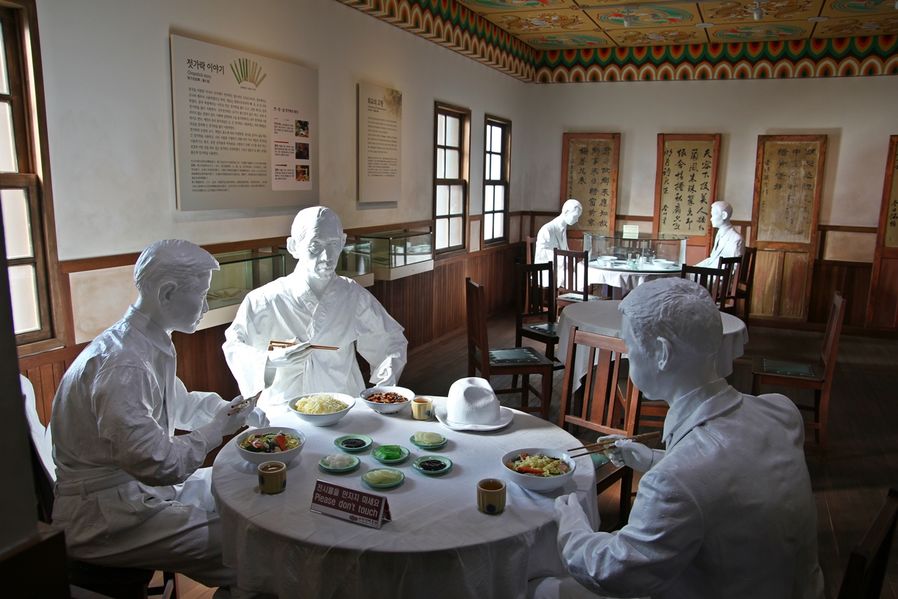
In one corner on the second floor, a sala from the 1930s was reappeared. Some seats were empty for tourists to take pictures.
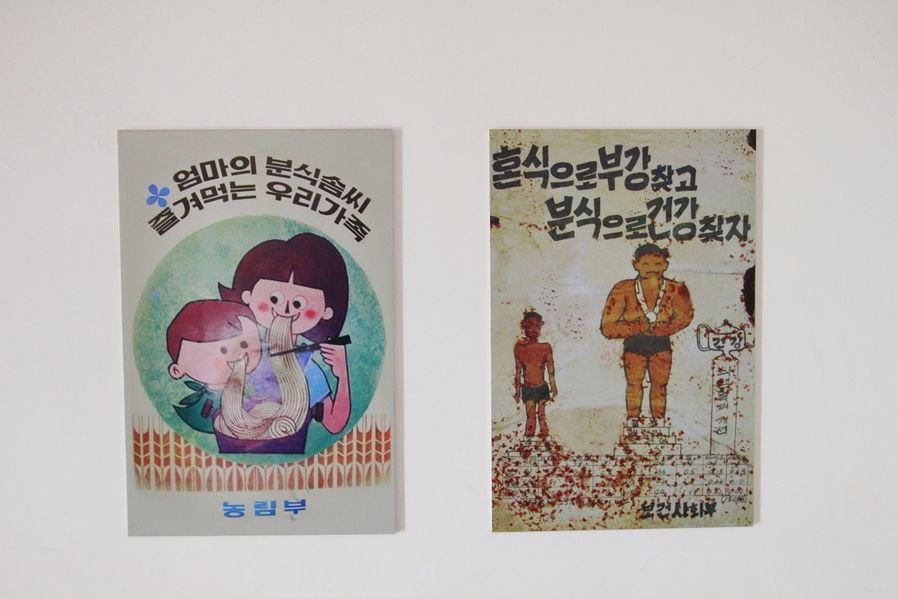
I remember these. When the population rose in the 1970s, they encouraged to eat rice mixed with barley and flour based food. In fact, my family could not afford to buy rice that we had to eat Sujebi(clear soup with dumplings) in thin stock every day. Anyways, when the flour was the most supported item from abroad along with flour based food since the Korean War, Jajangmyeon was invented and soon became popular.
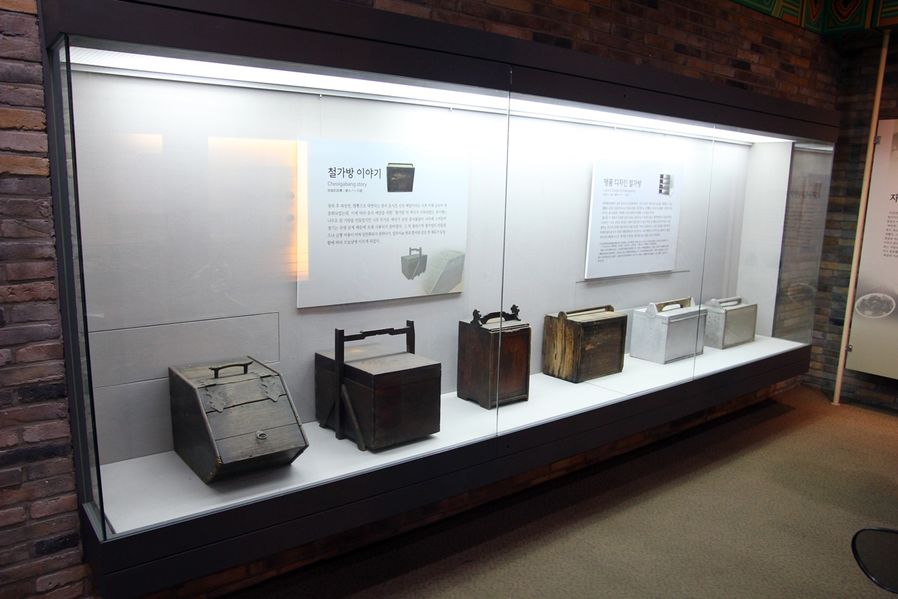
I found interesting items here quite a lot. These are the exhibition of Iron Cases that are used to deliver food in Chinese restaurants. Chinese foods including Jajangmyeon and Jjambbong have been rapidly popularized under the slogan of ‘quick delivery’ after the independence and the history of Iron Cases began with it. As you can see the left ones, they used wooden cases at first but they didn’t last long since they’re heavy and unsanitary so the cheap materials like plastics and tin plates have been used until today.
Ministry of Culture, Sports and Tourism once selected this iron case as one of designs in daily life that represents Korean lifestyle and it included 153 ball-point pen, Sin-ramen, Chilsung Cider, Pony car, Sibal taxi, and so on.
Wow~ this is a menu and prices of foods in 1964. The menu looks almost the same as today but the prices are completely different. One bowl of Jajangmyeon is 150 won and the most expensive one, Tangsuyuk, costs 900 won. Even when a whole family eats until they explode, it would cost less than ten thousand won. 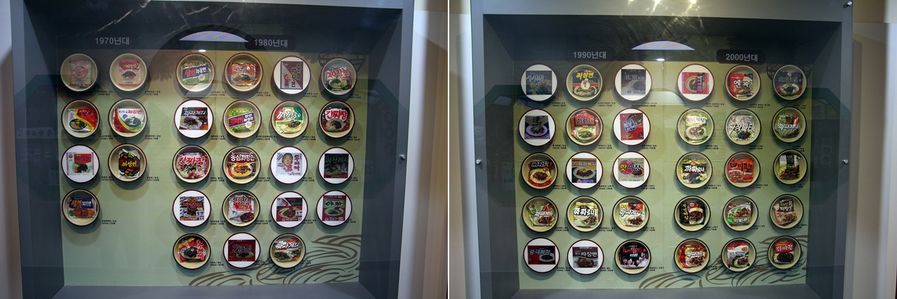
Here, you can see the history of Jajangmyeon. Jajang ramen in bag was first released in the 1970s and they were organized in order of time. I remember the ones from the 80s but I wonder who could possible eat this expensive(?) food in the 70s. ^^*
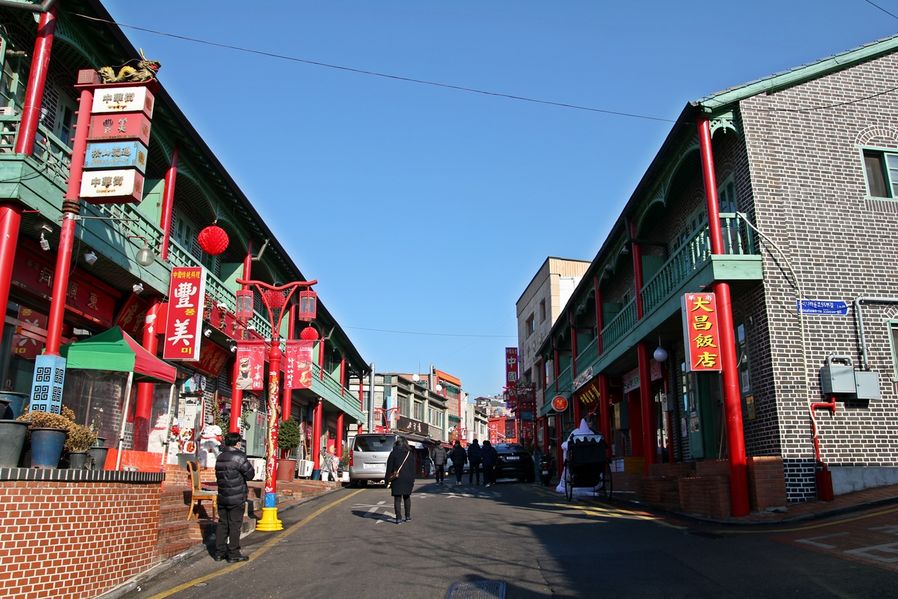
So we enjoyed our visit to museum and got outside. This alley has Chinese stores on both sides. The buildings on both sides are multipurpose buildings built in the 1920s but currently remodeled in a modern style. The first floors are used as restaurants or bakeries and second floors are used as houses.
This building is used as a normal store but it used to be an inn that lends one briquette stove for one room in the Japanese colonial era.
As I walked up the alley, I bumped into the street of History of Three States paintings. Along the 135m long street, about 77 scenes were painted on both walls and if you read it while you take a walk, it’s almost like reading the whole book of it.
The paintings are drawn in order of time so it was quite fun. I’ve been to so many cities but this was really unique experience for me as well.
When I got to the Jajangmyeon restaurants like Mandabok or Gonghwachun, there were unusual stairs. It looked so exotic like I was not in Korea and if you go up these stairs, you’ll see the third pai-loo called Seollinmun Gate of China Town. Can you see the top of it?
You’re in the cradle of Jajangmyeon in Korea so you’d have to take a picture in front of it and walk away. ^^*
I’ll walk along the alley that looks like an alley somewhere in China further. When the port was open in 1884, Chinese concession was formed in Incheon and Chinese merchants and coolies(workers) came to this land. And Jajangmyeon was invented for these people to eat cheap and convenient food but in old times, they added caramel in Jajangmyeon, unlike the ones now, and that became every Korean’s favorite food.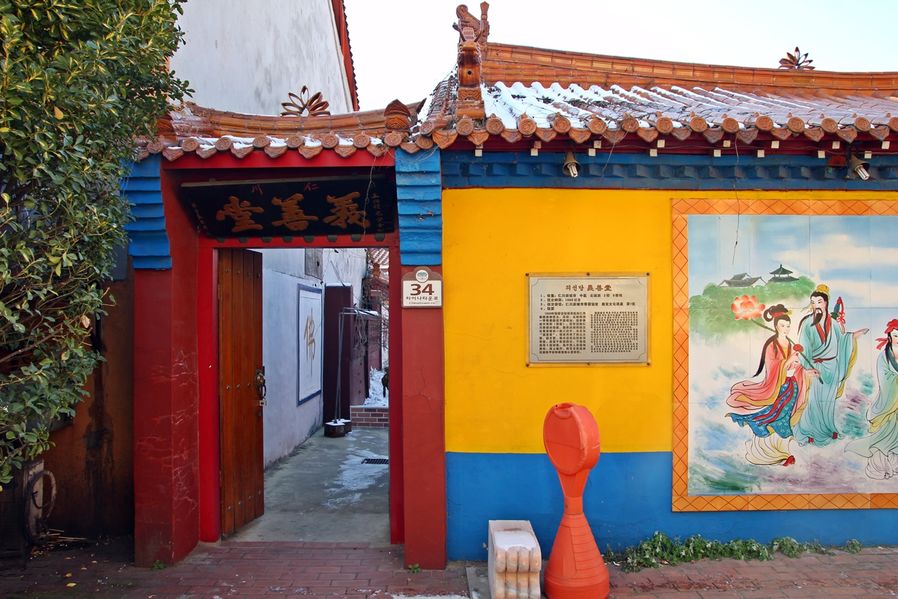
Right past Mandabok famous for Jajangmyeon over 100 years ago, I saw a place with Uiseondang sign on a small door. If translated, it means to live righteously and nicely but what is this place for? I had to get inside to check.
We went through a small door and there was a Chinese temple in a quite large space. This must be a small shrine for Chinese to pray. I was told that this place used to be headquarters of Chinese martial arts which was open on 1st and 15th every month but currently open every day.
It’s small but it has everything a temple needs. A small tower in the yard and a place to burn incense. 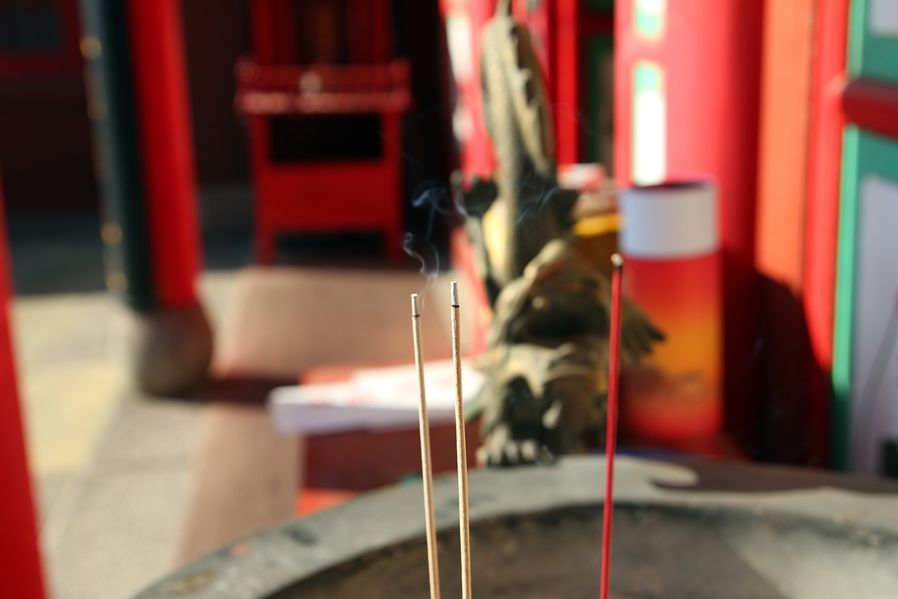
Incenses are always ready to burn. So I burned one with my wish. Of course I donated one 1,000 won bill for my wish to be answered. I want you to donate at least one 1,000 won bill like me in these places. Amazing places like this wouldn’t exist if nobody donates small amount of money. I see that Korean people are cheap sometimes especially when it comes to small amount of money but I believe I should return what I have if I am happy with somebody’s effort. 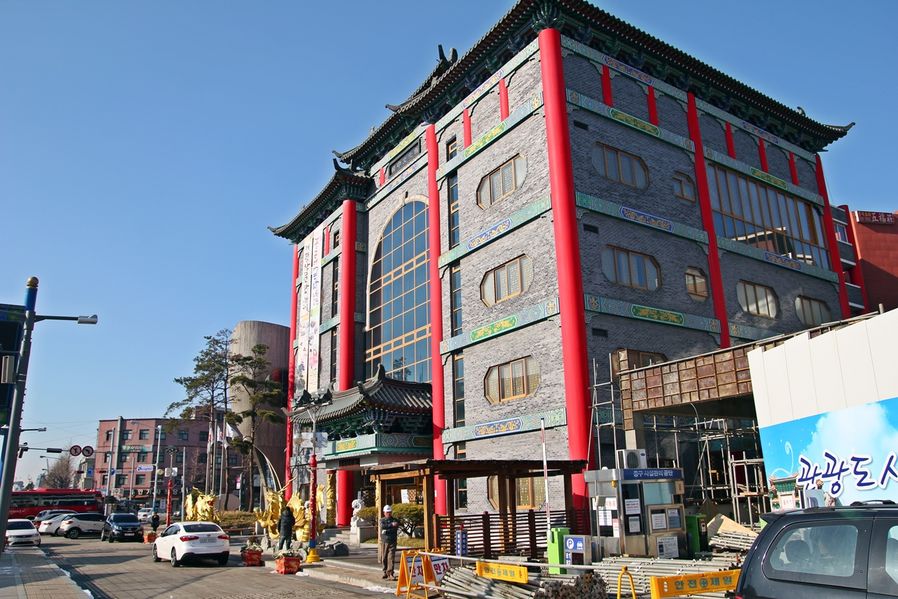
I’ll go to Korean-Chinese Cultural Center on the street. It’s not a big town so it wasn’t hard to find it. This place is a cultural center built by Incheon-si to exchange cultures between Korea and China and to introduce the first China Town in Korea. The entrance fees and parking fees are free of course.
The first floor and second floor are used as exhibition halls. This place is used to explain the difference in cultures with goods related to food, clothing and shelter in China.
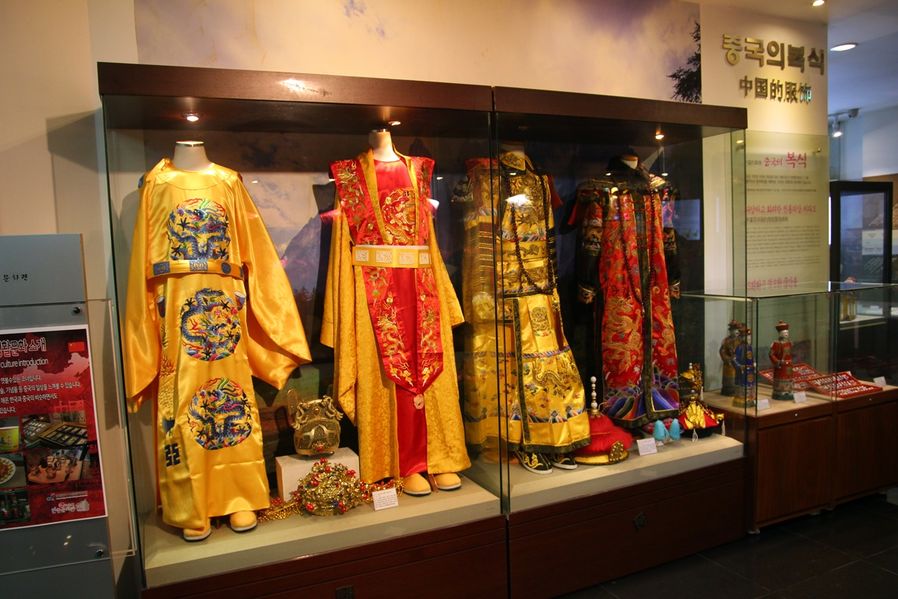
There is something unusual about those clothes. The clothes on the left were for the Emperor and Empress of Ming Dynasty and the right ones were for the Emperor and Empress of Qing Dynasty. Ming Dynasty seems to have a lot of common things with Korea but those of Qing Dynasty were made based on Manchu people’s clothes instead of Han people’s clothes. I wonder how they all looked like in these clothes. 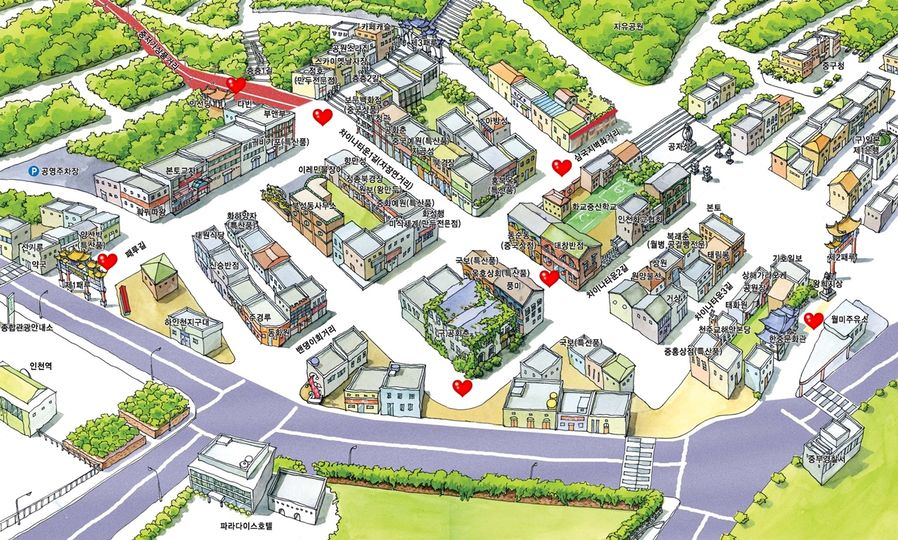
I marked the locations of places I showed you in red. You can refer to this while you travel and this place itself is a history and culture. I don’t know about people living in Incheon but tourists from other regions will have a unique experience and if you’re from China, you won’t have a problem with language and I would be a convenient trip since you can freely speak Chinese here. So I say it’s a place worth visiting in Incheon.
Address : 12, China Town-ro 59beon-gil, Jung-gu, Incheon (인천광역시 중구 차이나타운로59번길 12)
Telephone : 032-760-7537
Website : http://www.ichinatown.or.kr









